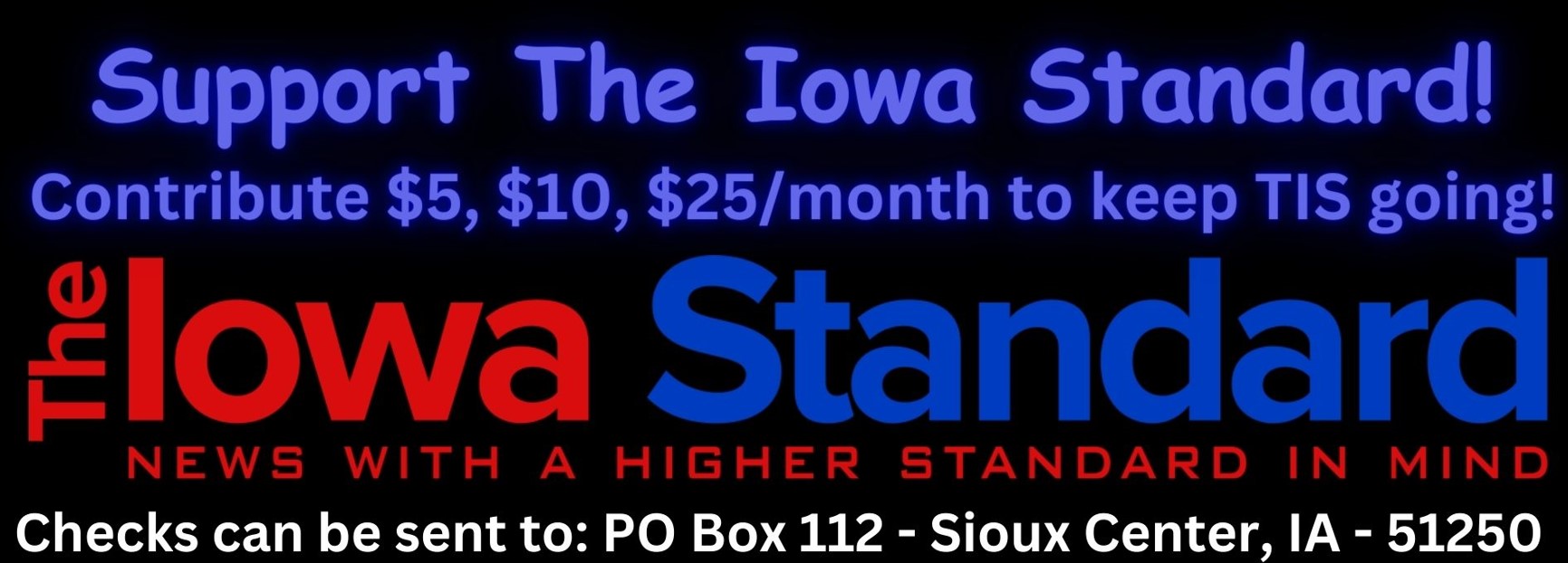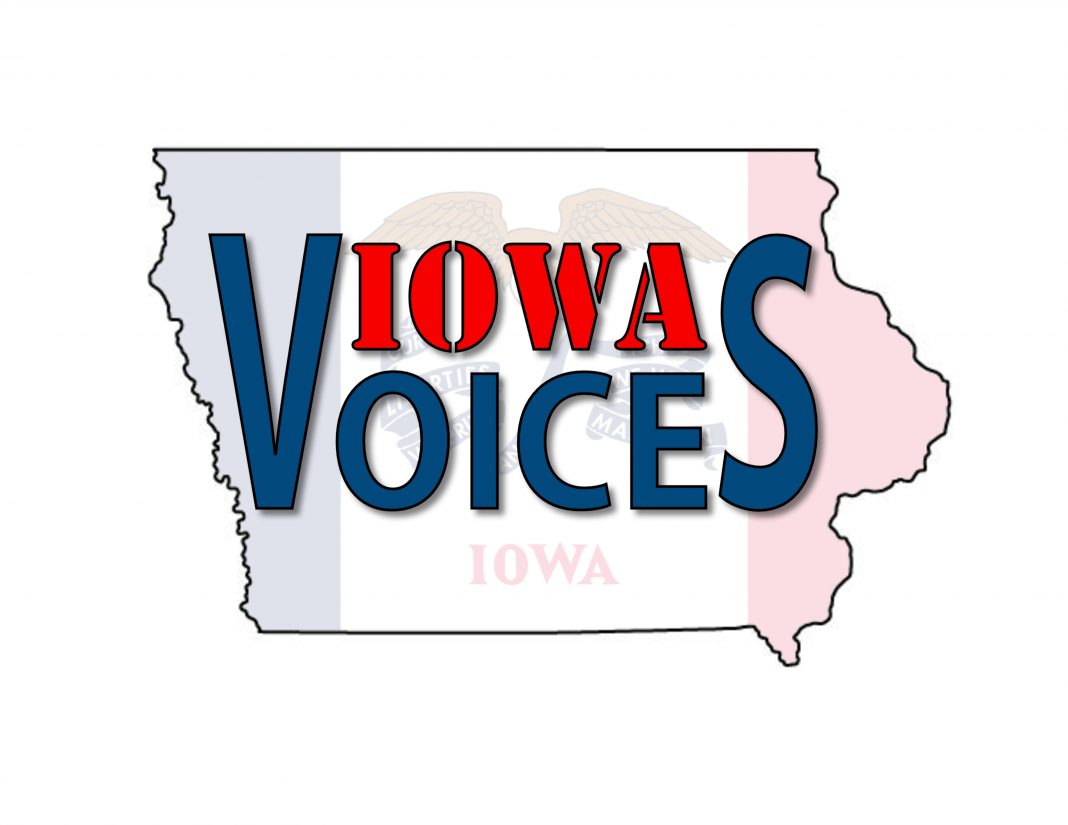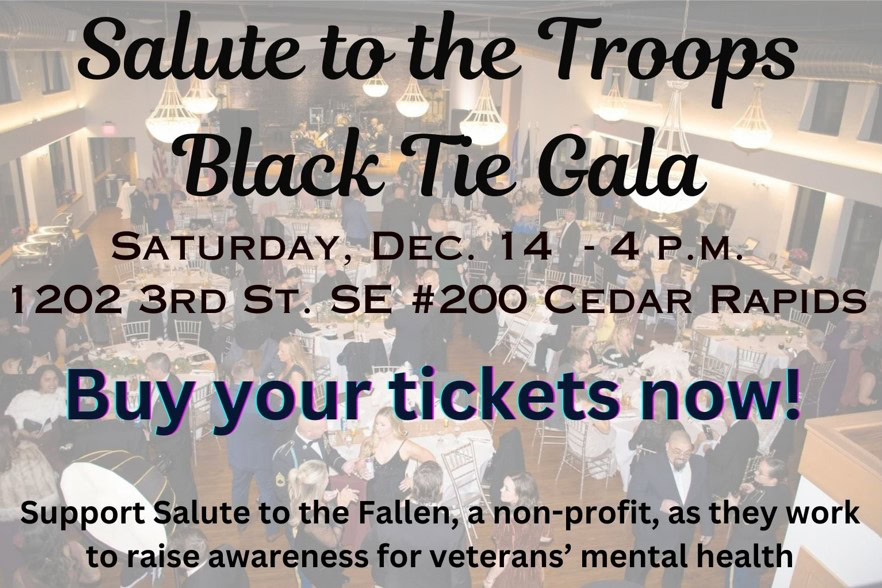Linchpin:
- A pin inserted through the end of an axletree to keep the wheel on.
- Something that holds the various elements of a complicated structure together.
As you can imagine a linchpin is very important. If it is absent a wheel is in danger of falling off and a whole machine may come to ruin if an often simple and small component is not intact. This is true in the figurative sense as well. There are times when something is small and simple but absolutely vital to the whole in order to keep the more complicated and often more prominent pieces together.
In our current political climate, I believe we are seeing many push on what I would call the “linchpin” right that holds the First and Second Amendments together. Being mostly in the pro-gun conservative world, I couldn’t tell you how many times I have heard the phrase “The Second Amendment is there to protect the First!” I wholeheartedly agree with that sentiment. After all, how could we defend our right to free speech and religious liberty from those who would use force to implement a gag-order or a state-mandated religion? The issue is the Second Amendment doesn’t simply state that we have the right to individually bear arms and further, from a more pragmatic approach, a single person owning guns wouldn’t do much good against a tyrannical government. Ultimately, we must remember that the Bill of Rights was not put in place to limit the people of the United States; it was accepted and implemented to curtail the power of the government. What is this “linchpin” right that connects the prominent parts of the First and Second Amendments? It is the right of the people to peaceably assemble.
Let’s examine the right of the people to peaceably assemble in its context.
Congress shall make no law respecting an establishment of religion, or prohibiting the free exercise thereof; or abridging the freedom of speech, or of the press; or the right of the people peaceably to assemble, and to petition the government for a redress of grievances.
First, let’s address the phrase “Congress shall make no law…” This is key to understanding the Constitution and the First Amendment. The reason only Congress is mentioned in this amendment is actually very simple, the Constitution gives Congress alone the power to make laws.
The next few phrases are perhaps the most well-known and what you probably think of concerning the First Amendment. We see here exactly what we expected to see, the freedom of religion (both in equality and in exercise) and the freedom of speech. Tagged on is the freedom of the press. No doubt the freedom of the press is a vital key to keeping the individual’s freedom of speech!
This is where we are introduced to the “linchpin” between the First and Second Amendments. “Or the right of the people peaceably to assemble, and to petition the government for a redress of grievances.” The phrase directly following the declared right to peaceably assemble gives great context and reason as to why it is so important. A major part of our right to assemble is based upon the ability to disagree with the government!
In our current situation, we have the government by fiat telling us we cannot gather together to peaceably assemble. They reason that they know what is best (particularly for our safety), while at the same time they eliminate any opportunity for a body to assemble and challenge – “petition the government for a redress of grievances” – them in any significant way.
This may seem like a small matter, but in a government that is of the people, by the people, and for the people; this is a significant issue. The purpose of the Bill of Rights is to limit the government and one significant purpose of the right to peaceably assemble is to challenge and push back on the government. Both of these purposes have been curtailed in the name of safety and an attitude of “we know better than you”. Many have argued that in times of crisis we can set aside the Bill of Rights and the right to peaceably assemble with it, but it is clear that both were designed for such a time as this!
Before we look at the Second Amendment, I do want to mention that the right to peaceably assemble was not something our founding fathers thought of after Independence was won. On October 14, 1774, our founding fathers penned the Declaration and Resolves (also known as the Declaration of Colonial Rights, or the Declaration of Rights), and stated:
The inhabitants of the English colonies in North-America, by the immutable laws of nature, the principals of the English constitution, and the several charters or compacts, have the following rights: They have a right peaceably to assemble, consider their grievances, and petition the king: and that all prosecutions, prohibitory proclamations, and commitments for the same are illegal. (Emphasis added)
Embedded deep into American history is the right to peaceably assemble. It is, frankly, unamerican to deny this right.
Let’s also examine the Second Amendment and how the right to peaceably assemble bridges the First and Second Amendments together.
A well-regulated militia, being necessary to the security of a free state, the right of the people to keep and bear arms, shall not be infringed.
When we think of the Second Amendment, we often think of the second part, “The right of the people to keep and bear arms, shall not be infringed.” This is undoubtedly a major component of the amendment as it recognizes the individual’s right to personally defend himself. This right of self-defense is tied together with the right to life and limb. As previously stated, the Bill of Rights was designed to limit government and this phrase in the Second Amendment is a necessary part of that as armed citizens are more difficult to place under tyranny.
We must admit that even an armed individual is no match for any tyrannical government. This points us to the first – and often overlooked – phrase of the amendment, “A well-regulated militia, being necessary to the security of a free state… shall not be infringed.” A militia is an organized military body that is generally made up of volunteers. The right to have a militia, as our founding fathers pointed out, is “necessary to the security of a free state.” Without this right our founding fathers deemed our nation was not secure and would be inactive danger of losing her free status.
A militia is not a mob or a riot – for mobs and riots are created out of chaos and public disorder – militias are organized. How do militias get organized? They are organized through peaceable assemblies. A peaceable assembly does not create a mob or a riot, it gives the ability to produce an organized group. The groups or assemblies may organize for a host of different reasons, but undoubtedly one of the intents and purposes of the founders was to allow a peaceable assembly to organize a militia. This is how the right of the people to peaceably assemble is the linchpin between the first two amendments of the Constitution of the United States.
Today the right of the people to peaceably assemble is being brutally attacked through unlawful executive orders all across our nation. If we lose the right to assemble we also lose the proper means of petitioning our government, organizing a militia, and ultimately an effective right to bear arms and protect our rights of free speech and religious liberty. Our founding fathers did not believe our freedom was safe without this right, they also didn’t believe we were safe as a nation unless we were free.
The right to peaceably assemble may, at first glance, seem like a small and somewhat insignificant right that may seem worth suspending for some temporary safety. However, in reality, it is the linchpin holding some of our most sacred rights together. The question is will we as Americans put up with this attack on our Constitution (the legitimate law of the land) and the blatant suspension of our God-given rights, or will we speak out and hold our government accountable?
Time is ticking America, will you hold on to your liberties or surrender them to a government that “knows better than you”?
















